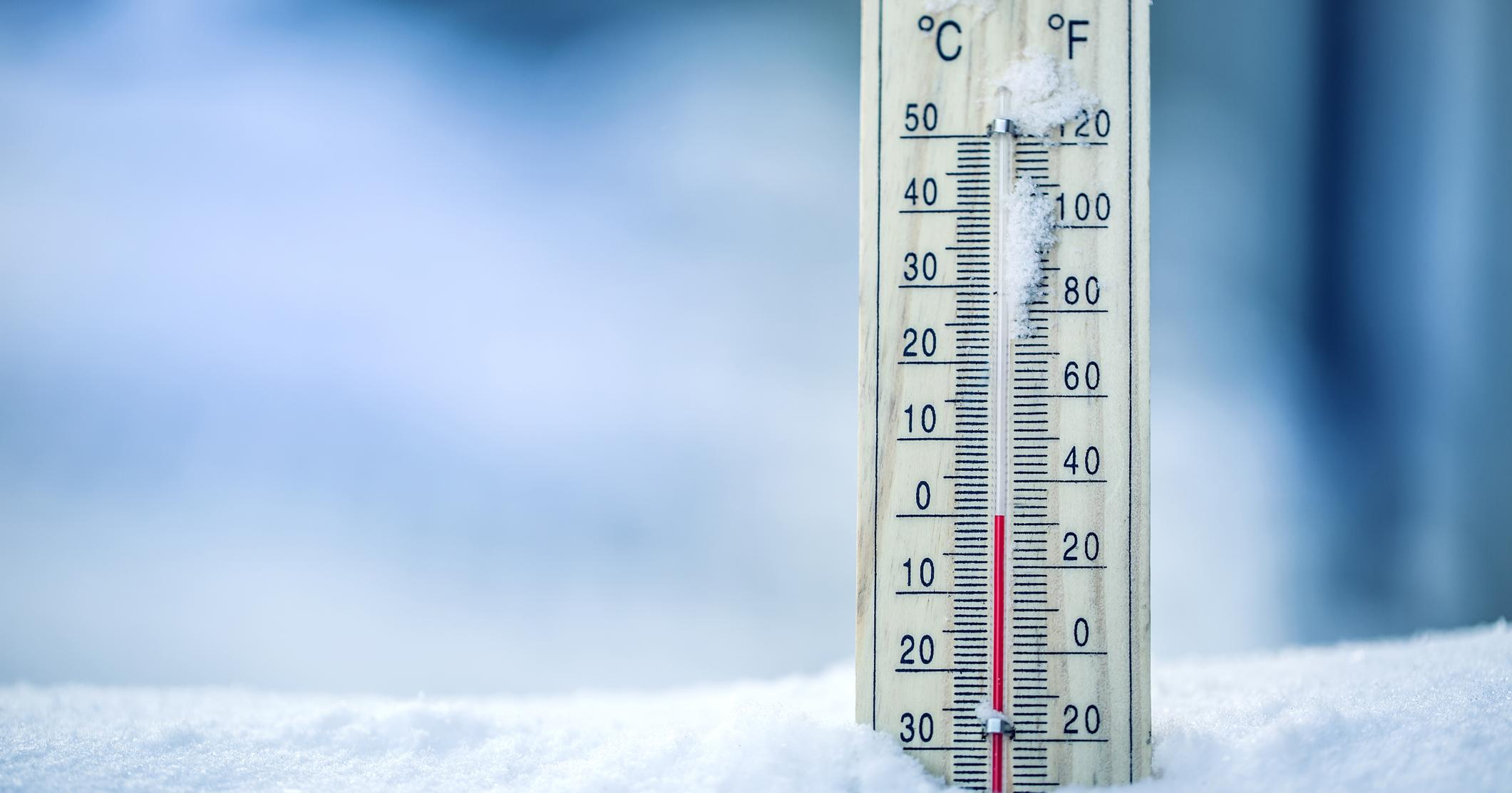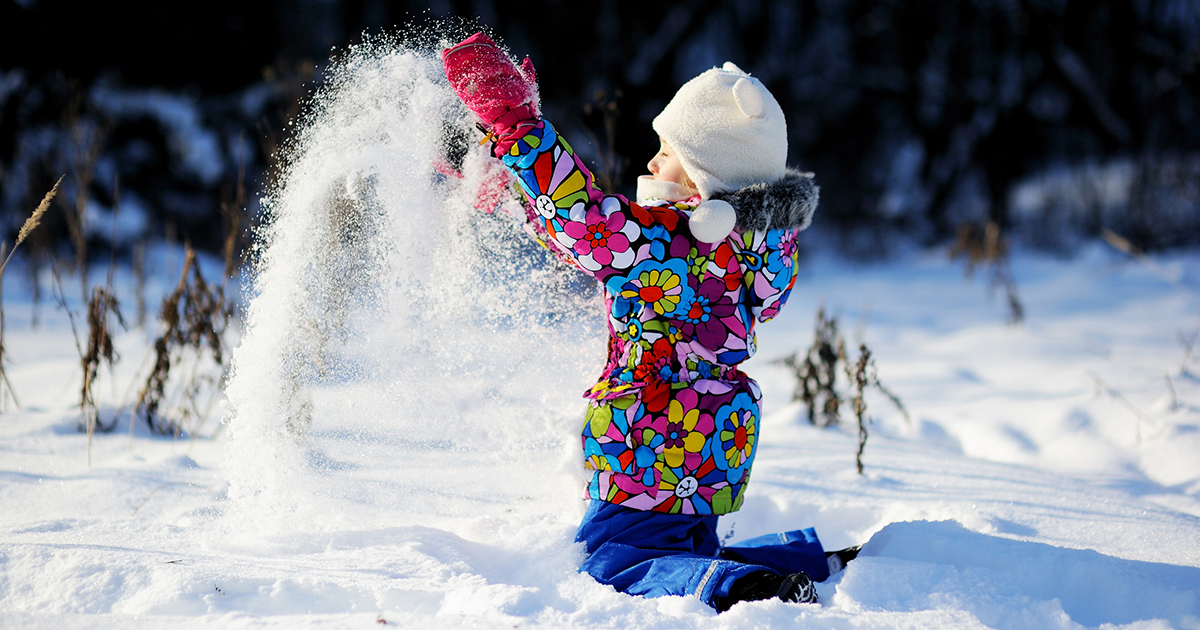Treating And Preventing Chilblains
Limit Exposure To Cold

Limiting or avoiding exposure to the cold may prevent chilblains from occurring. Always keep all body parts as warm and dry as possible when exposed to the cold, especially the hands, feet, and face. Limit exposure to cold in your home or workplace by keeping your environment well heated during winter months and avoiding drafts. The temperature should be kept at a comfortable level. Do not walk barefoot on cold floors, and wear socks at night if your feet get cold. Long boots over socks and pants will create an extra layer of warmth. On days when you have to go out into the cold, eat hot foods and drink hot liquids throughout the day to help keep you warm. A bowl of hot oatmeal for breakfast and hot liquids like soup, tea, or broth during the day will help keep your body toasty. Warm up gradually after being exposed to cold temperatures, as warming your feet or hands too quickly after exposure to cold is one of the main causes of chilblains, and can also worsen the condition. Quick methods of warming up such as placing feet or hands in hot water or standing close to a heater or fire should be avoided. Instead of these methods, try putting on a pair of gloves or socks to rewarm gradually.
Learn more about preventing chilblains now.
Wear Warm Clothing

Dress in warm layers of loose clothing and wear a hat, gloves, scarf, thick socks, and waterproof footwear. Individuals can lose up to forty percent of their heat through the top of their head if it's not covered. Invest in wool or angora socks if chilblains is a recurrent problem; their fibers are superior for trapping heat. Wearing long johns, tights, leg warmers, or long socks for additional warmth can help as well. However, don’t wear too many layers of socks or tights, especially if they’re a tight fit, as this may restrict circulation and increase the chilling of your feet.
Carry an extra pair of gloves and socks just in case the pair you’re wearing gets damp, and make sure damp shoes have completely dried before wearing them. Footwear should be comfortable, fit well, and cover your feet. Tight or ill-fitting shoes can create friction that may cause damage and infection. Individuals who get chilblains may have poor circulation and healing time could be much longer than normal. Shoes or boots lined with materials like fleece or sheepskin are ideal for keeping feet warm in cold conditions.
Discover another way to prevent the development of chilblains now.
